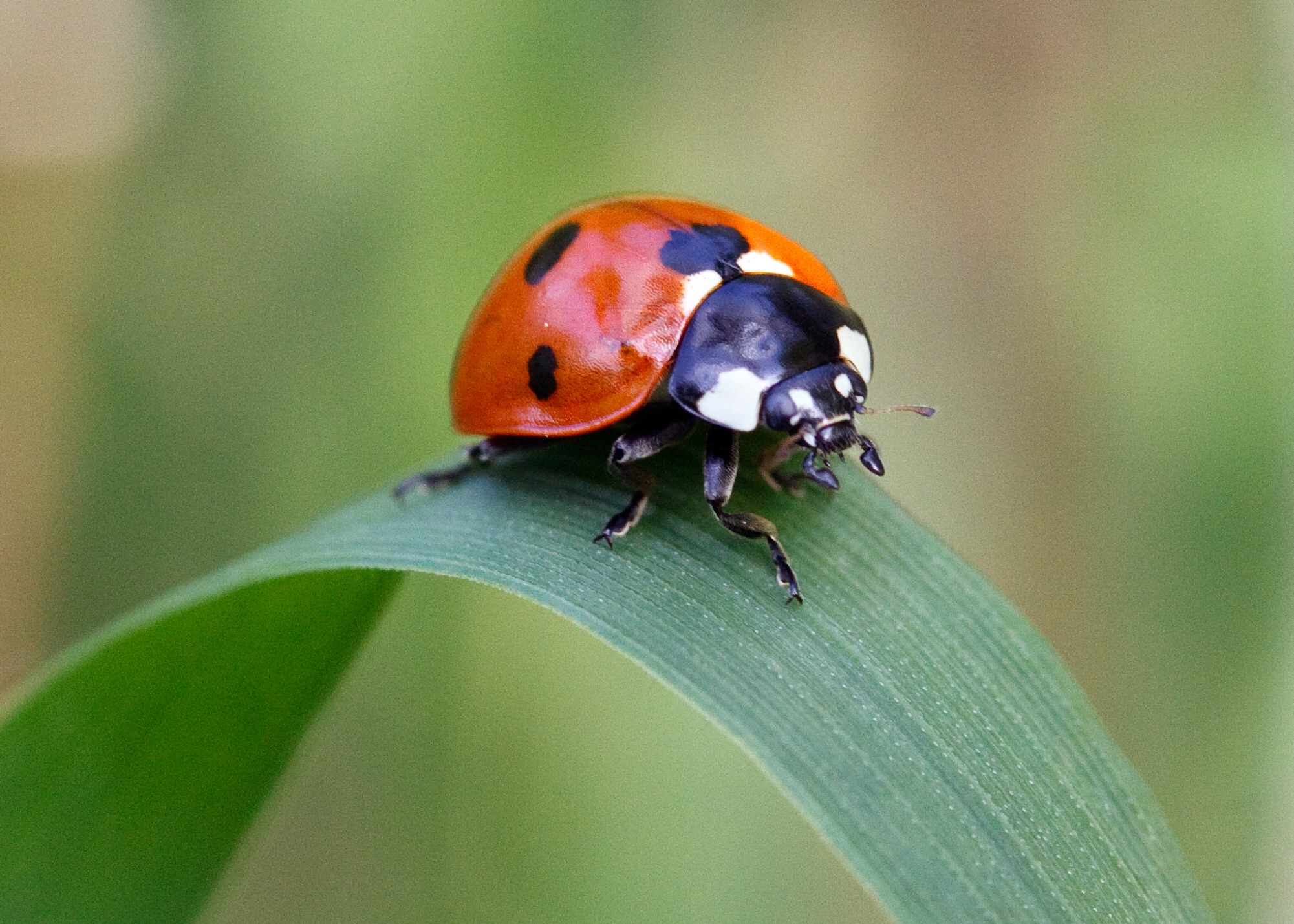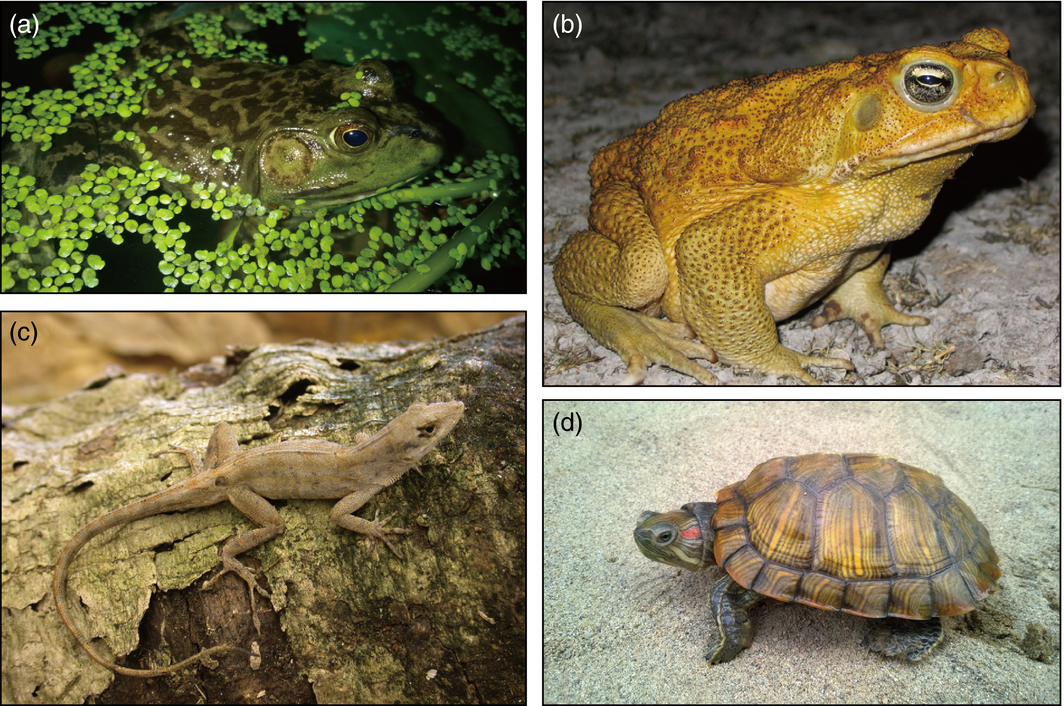
Fire-scarred trees record 700 years of natural and cultural fire history in a northern forest
A new paper in Ecological Monographs presents a 700-year dendrochronological record of fire in Trillemarka-Rollagsfjell nature preserve in southern Norway. Burn scars on old tree stumps chronicle social change, from the population crash at the time of the bubonic plague, through a spike in slash-and-burn agriculture, to the rise of the timber economy. Until the modern era, the human mark…










